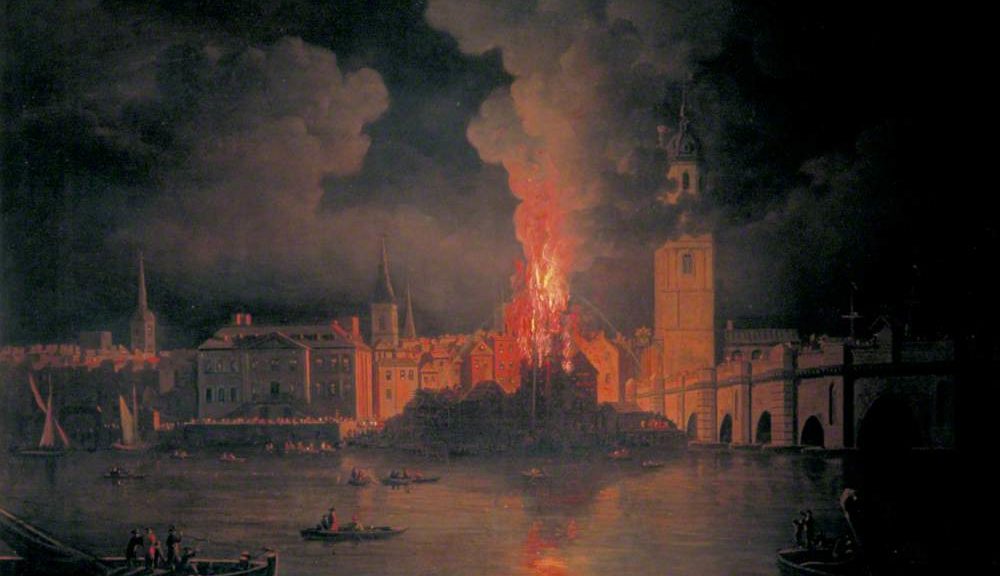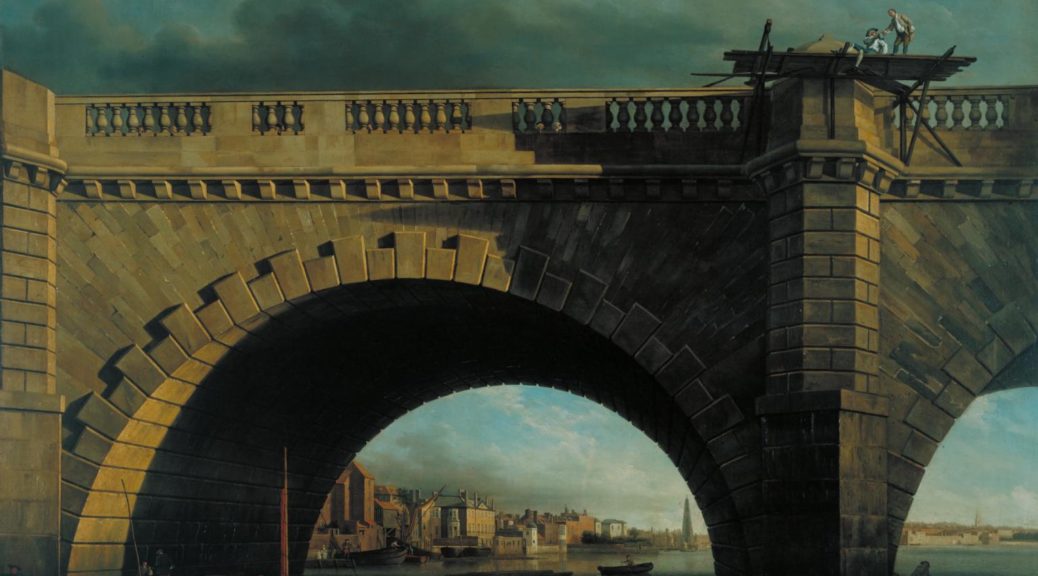So with face mask firmly in place I made my way to the Marian Goodman Gallery in London's Mayfair area. I had a timed appointment to visit, so before going in I locked my bike to a lamppost and sat in a fairly deserted Golden Square enjoying a coffee and soaking up the … Continue Reading ››
All posts by Geoff
Bridget Riley: Studies: 1984-1997
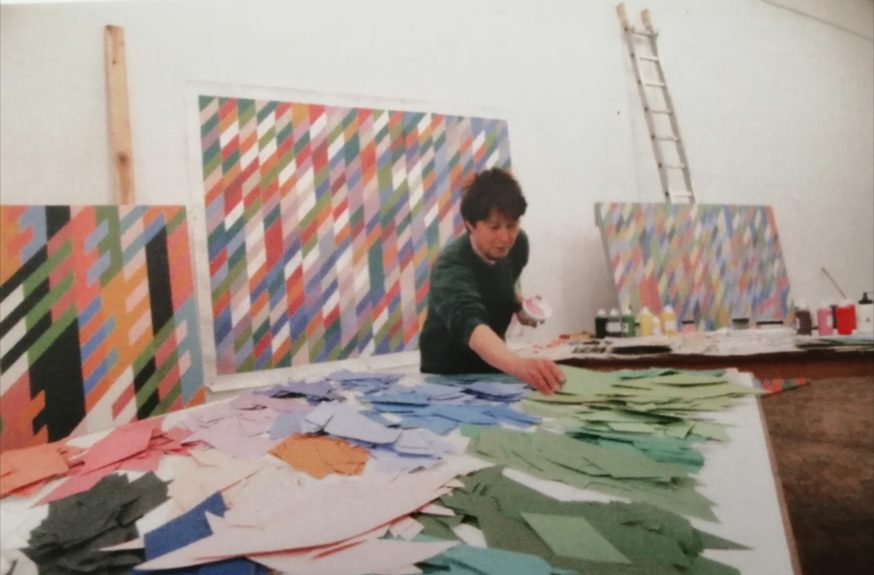
As galleries begin to open again this week I decided to check out two exhibitions currently on display at David Zwirner in Grafton Street. I booked ahead and … Continue Reading ››
Vesuvius
William Marlow is probably best known for his views of London and the Thames, but much of his work is influenced and informed by his experiences travelling in France and Italy in the 1760s. In my previous blog post I mentioned the painting 'The Waterworks at London Bridge on Fire' (1779) by Marlow … Continue Reading ››
Setting the Thames on Fire

In 1779 William Marlow painted The Waterworks at London Bridge on Fire. The conflagration of the title is captured by the artist in a spectacularly powerful painting, his palette an … Continue Reading ››
Crushed, Cast, Constructed
As commercial galleries gradually begin to reopen in London, I booked an appointment to visit the sculpture exhibition at Gagosian, Grosvenor Hill.
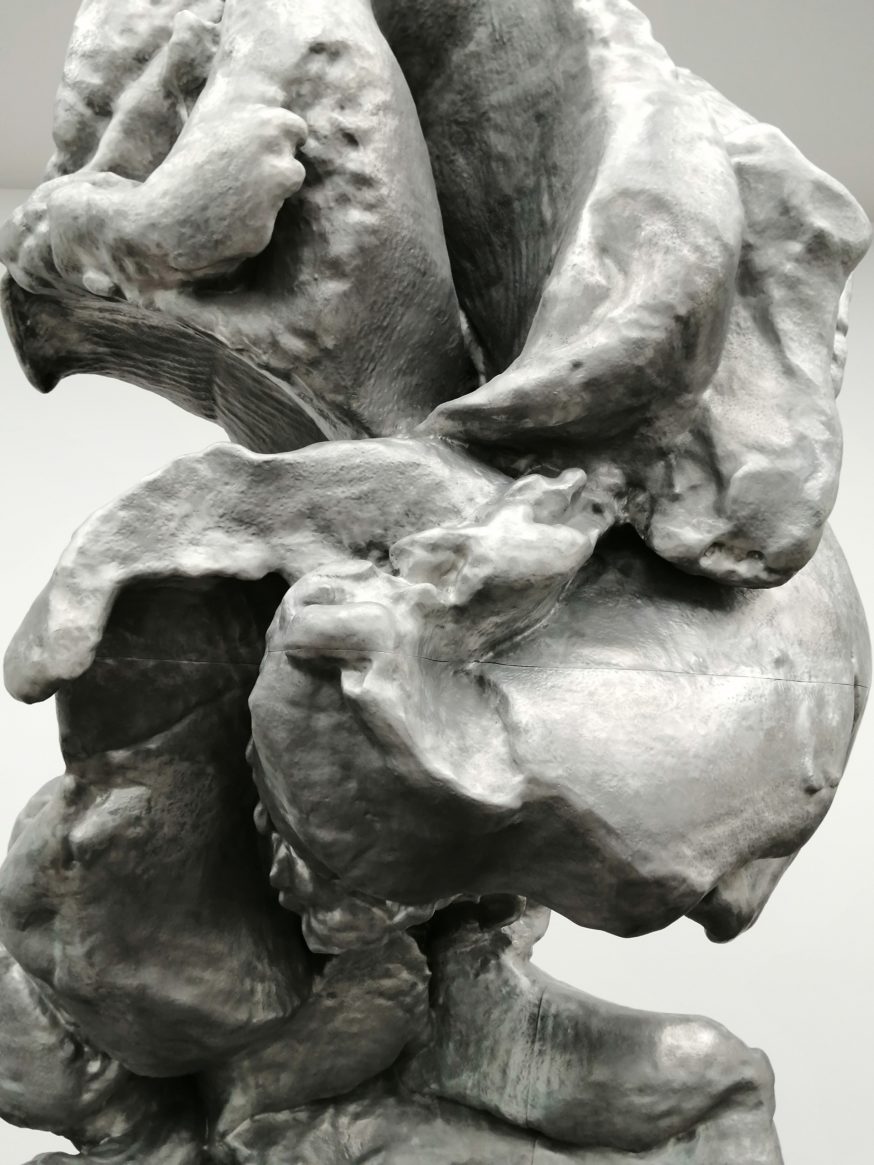
After donning a face mask and rubbing my hands together with a healthy blob of antibacterial hand-gloop, … Continue Reading ››
No realm of thought…No field of vision

For the first time since early March (nearly four months ago) I've visited an art gallery. There were several differences to the usual experience. (1) I had to pre-book a timeslot. (2) I had to wear a face mask - which made … Continue Reading ››
Update: Scott & Marlow
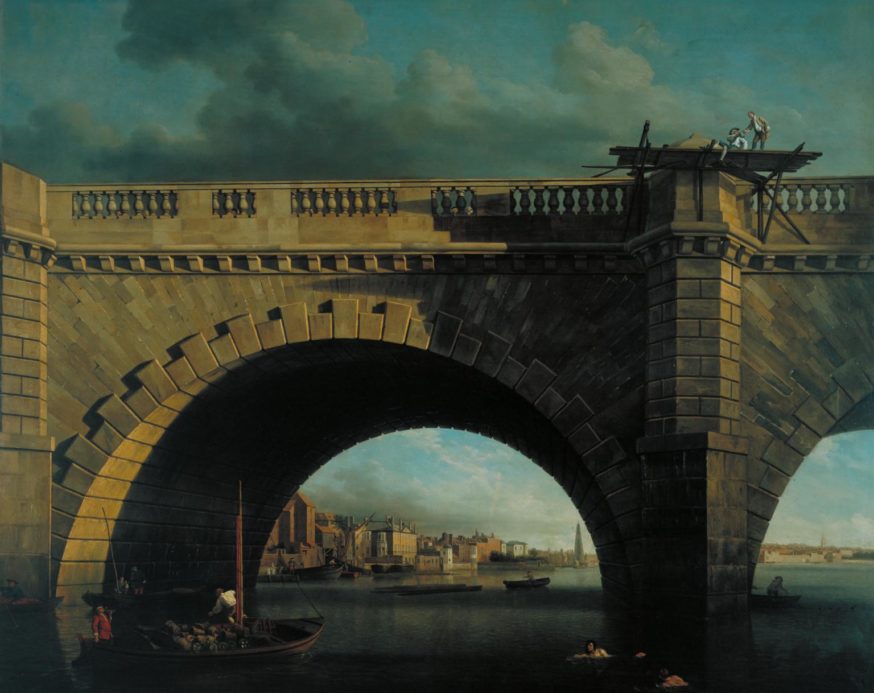
My current research focuses on the interconnected careers of Samuel Scott and William Marlow, two 18th-century artists known for their painted views of London and the River Thames but whose contribution to British … Continue Reading ››
Part 11: Vanessa Bell (1879-1961)
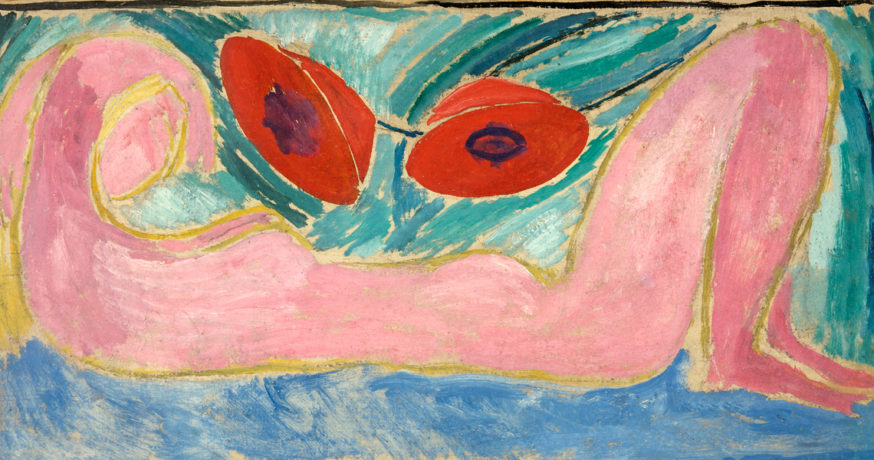
Walter Sickert was a pioneer in terms of British art, bringing his version of Impressionism to London. At this time there was much resistance towards the new styles and subjects of painting emerging from Paris, with the exception of more open-minded … Continue Reading ››
PART 10: WALTER SICKERT (1860-1942)
On then to Walter Sickert, Whistler's pupil and etching assistant. We need to keep in mind that late 19th-century Britain is characterised by the art of genteel retreat. It was French art that saw the densest flowering of artistic innovation in history – Monet, Degas, Gauguin, Cezanne, Seurat, Van Gogh, Picasso, Braque, Bonnard, … Continue Reading ››
Part 9: James Abbott McNeill Whistler (1834-1903)
Last week on the Serendipitous Compendium we talked about Pierre Bonnard, painter and lithographer. Bonnard is likely to have been acquainted with Whistler around 1898. His painting has been compared to Whistler's, in its suggestion of uncertainty. Ideas on the vagueness and incompleteness of consciousness were popular at the time in the literature of Proust … Continue Reading ››




